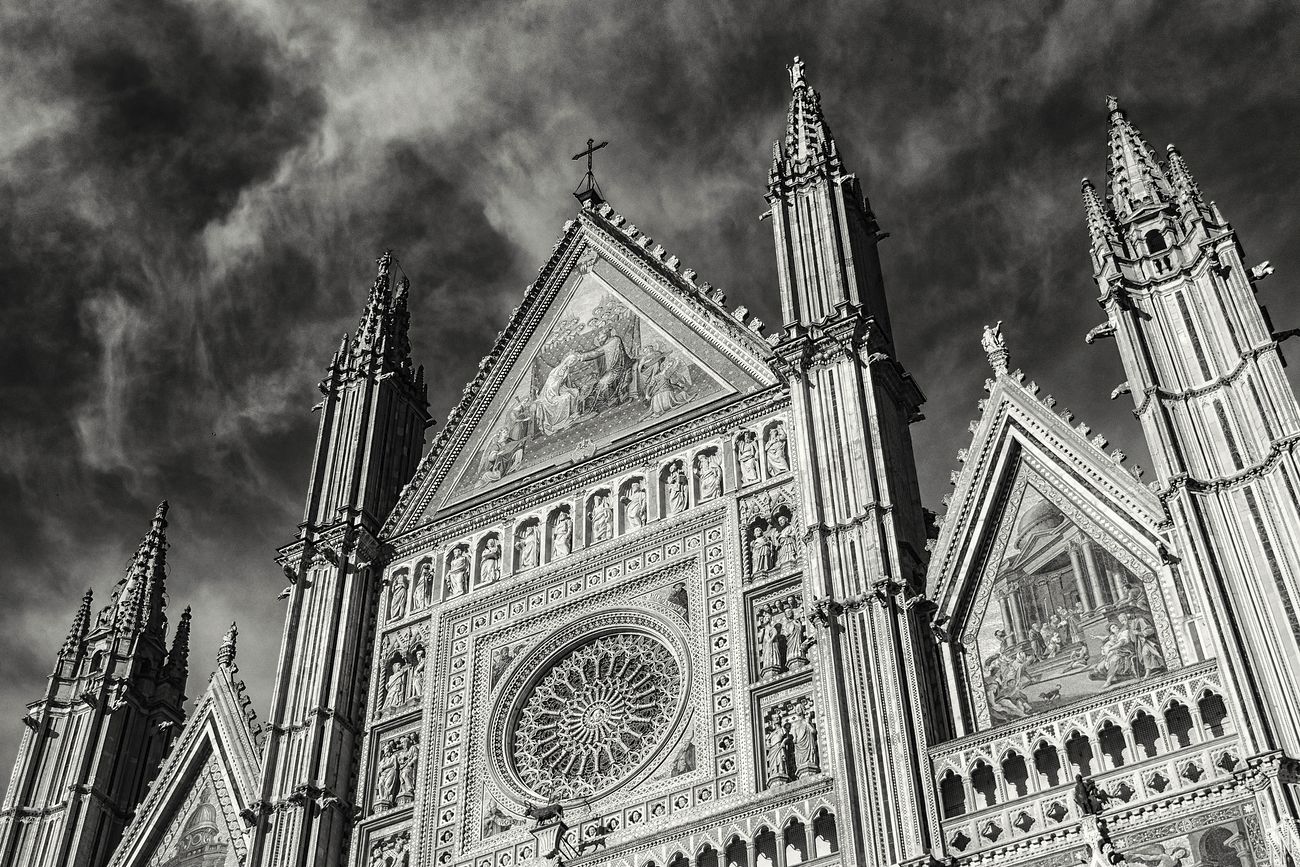Let’s jump right into the middle ages as we explore the history of discipleship in the Church. This is a great time to start because it is right at the beginning of this period that Christianity is finally allowed to grow without the burden of heavy persecution weighing it down. In fact, this is where we see Christianity elevated to the point that it becomes the state religion in Rome. This period is notable for being the era where many important doctrinal truths were ironed out and clarified. “It was (at) this time that important theological understandings began to be clarified.” [1] The middle ages weren’t always positive for the Church as it’s also marked by the fall of the Roman Empire. This was a huge event that amplified some of the shortcomings of the Church at the time. Due to the collapse of Rome, many of those living in the city spread out around the countryside. The church at the time had very little influence in the countryside which meant that many of these people fell away from the church and turned to paganism. “Those who left the city became historically considered pagans because they were outside the scope and the reach of many ministries.” [2] There are two very important lessons we can learn from the church in the middle ages. The Ecumenical councils and the church’s great effort to develop sound doctrine should remind the modern church of how important these teachings are and the urgency we should have in defending these teachings and constantly refining them. The work of the church is not only to teach these doctrines but to continue the work of the church in the Middle Age of constantly refining doctrine. The rise of paganism during this time provides a valuable lesson to the church about the dangers of focusing too narrowly in the communities we serve. There are many people even today still out on the fringes and underserved when it comes to discipleship.
Following the middle ages came the time of the renaissance. The renaissance was a difficult time for the Church. The spirit of the age was extremely secular and the focus on individualism during the age became a stumbling block to the Church’s emphasis on spirituality in community. The renaissance pushed people towards a type of humanism that emphasized the ability of man to solve problems in the world divorced from the divine. The church was finding itself in a new world and needed to adapt in order to continue the work of developing disciples. It is during this time we are introduced to many of the great educators of Christian history. Thomas Aquinas was a Dominican friar who is well known in the church as one of the greatest church doctors. He responded to the age’s emphasis on scholasticism and reason by developing a school of thought called Thomism. “Thomism is an intellectually rigorous educational approach. Thomism focuses on the acquisition of wisdom through faith and reason.” [3] Aquinas pushed the church forward and helped it to adapt to the new culture that was around it. If there is anything we can learn from Aquinas and the church during the renaissance is that for the church to effectively develop disciples in all ages, it must learn how to adapt to the culture it finds itself in instead of constantly trying to push back against it.
Following the renaissance, the church entered one of the most well-known periods of its history, the Reformation. Discipleship went through some extreme changes during the reformation. One of the greatest developments was the distribution of the Bible in a common language. “Prior to this time, the Bible was primarily in Latin, and it was inaccessible to the peoples of the world.” [4] This meant that scripture was not readily available to most people leaving the sometimes corrupt clergy as gatekeepers of scripture. Another major advancement of note was the founding of many Christian schools. As formal public education began to be developed in the secular world, the Church responded in kind by developing Christian schools of their own. “In the community prior to this, education was largely for adults or was relegated to personal tutors of children from wealthy families. Now, we see the democratization of education. We see now that education is being [accessed] by more people. Now because of that, you have a much more educated church.” [5] The church is still feeling the effects of these developments today as Christian schools are still parts of many communities, and just imagine how the church would be different if scripture wasn’t available for all to read.
Skipping a bit ahead, we find ourselves making our way to the new world as the church developed new ways to create disciples in colonial America. It is here we see new Christian movements develop such as Methodists, Baptists, Quakers, and many more. Each of these groups made their own unique contributions to discipleship as each group took religious education very seriously in the new world. The first official public schools in America can be traced back to the Puritans and their Mayflower Compact. “Subsequent laws were enforced, and they forced literacy on people and the creation of schools with paid teachers.” [6] While discipleship flourished in the more northern colonies, the South was a different story. Many of those who made their way to the southern colonies were poor and were from churches that traditionally lacked formally educated pastors. “Now, these complexities in the South, of race and rural areas and Free Churches with minimal education requirements for ministers, further complicated education and created inequity between the availability of quality education and church discipleship opportunities.” [7] The state of the church in the colonial south should stand as a warning for the modern church as to what can happen when traditional Christian education and discipleship is abandoned in the face of an overemphasis on evangelism.
Before we close this brief overview of the history of discipleship in the church, it would be improper not to mention what is the most well-known discipleship program for most people. That is the Sunday School movement. What originally started off as a movement to help educate poorer individuals who could not afford a formal education, soon was incorporated into Churches and became a very powerful tool for discipleship. Due to the efforts of ministers like John Wesley and the second great awakening, Sunday School became the program that helped address some of the discipleship shortcomings in the rural south. It’s important to note that Sunday School historically was meant to minister to the entire congregation and for people of all ages as a way to bolster doctrinal knowledge and spearhead discipleship development in the entire church. “Sunday schools historically focused on children and youth, but Sunday school was incorporated in the churches as a so-called cradle-to-grave ministry that now provides discipleship training for believers of all ages in addition to historically playing an evangelistic role in churches.” [8] While Sunday School has now fallen out of vogue with many modern churches today, its model could be the answer that many churches are looking for in communicating clear church doctrine to their members.
With the wealth of history the church has, it goes to reason that there are many problems the church faces today that have already been answered by those who have come before us. The problems of today could be solved simply by examining how our predecessors answered them in the past. As I view the varied history of the church, I cannot help but continue to draw similarities between our current struggles of teaching and developing disciples and the struggles of the past. Perhaps what we really need to do is instead of immediately jumping to develop something new we take a step back and evaluate how things were done in the past. I see no reason why a program like Sunday School or even the catechism schools of the middle ages couldn’t find their place in a modern church, just perhaps dressed up in a modern fashion. Sometimes there’s no reason to reinvent the wheel.





0 Comments